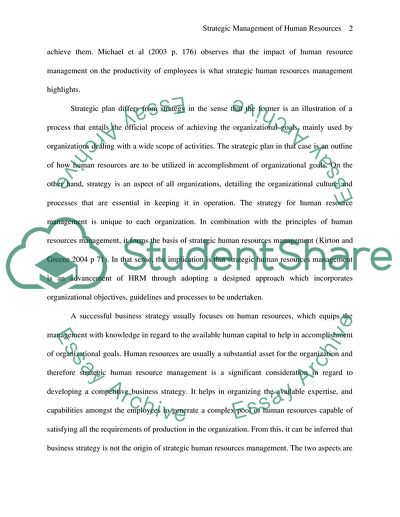Cite this document
(Analysis of Strategic Human Resources Management Research Paper, n.d.)
Analysis of Strategic Human Resources Management Research Paper. Retrieved from https://studentshare.org/human-resources/1723804-smhr
Analysis of Strategic Human Resources Management Research Paper. Retrieved from https://studentshare.org/human-resources/1723804-smhr
(Analysis of Strategic Human Resources Management Research Paper)
Analysis of Strategic Human Resources Management Research Paper. https://studentshare.org/human-resources/1723804-smhr.
Analysis of Strategic Human Resources Management Research Paper. https://studentshare.org/human-resources/1723804-smhr.
“Analysis of Strategic Human Resources Management Research Paper”, n.d. https://studentshare.org/human-resources/1723804-smhr.


